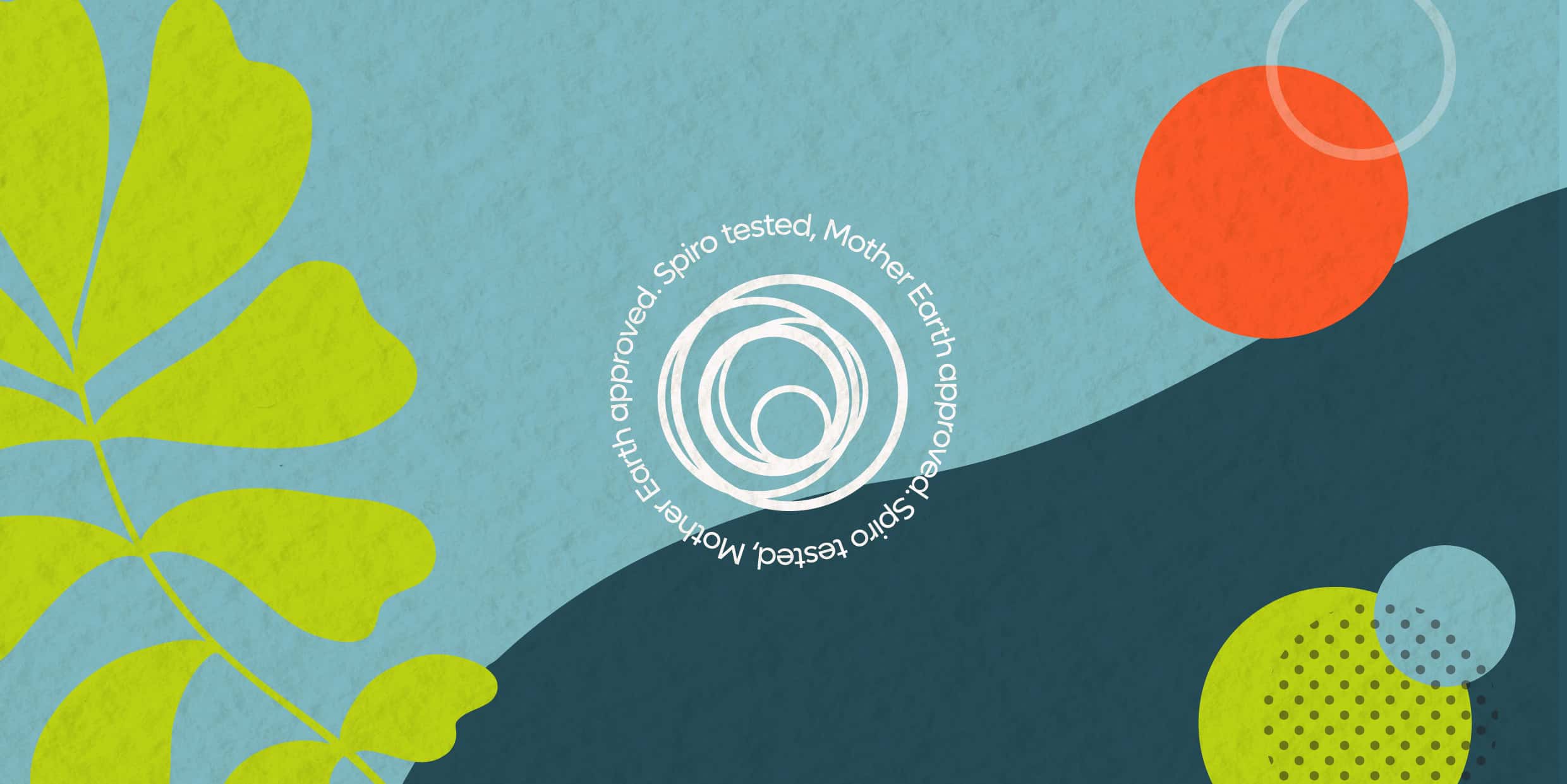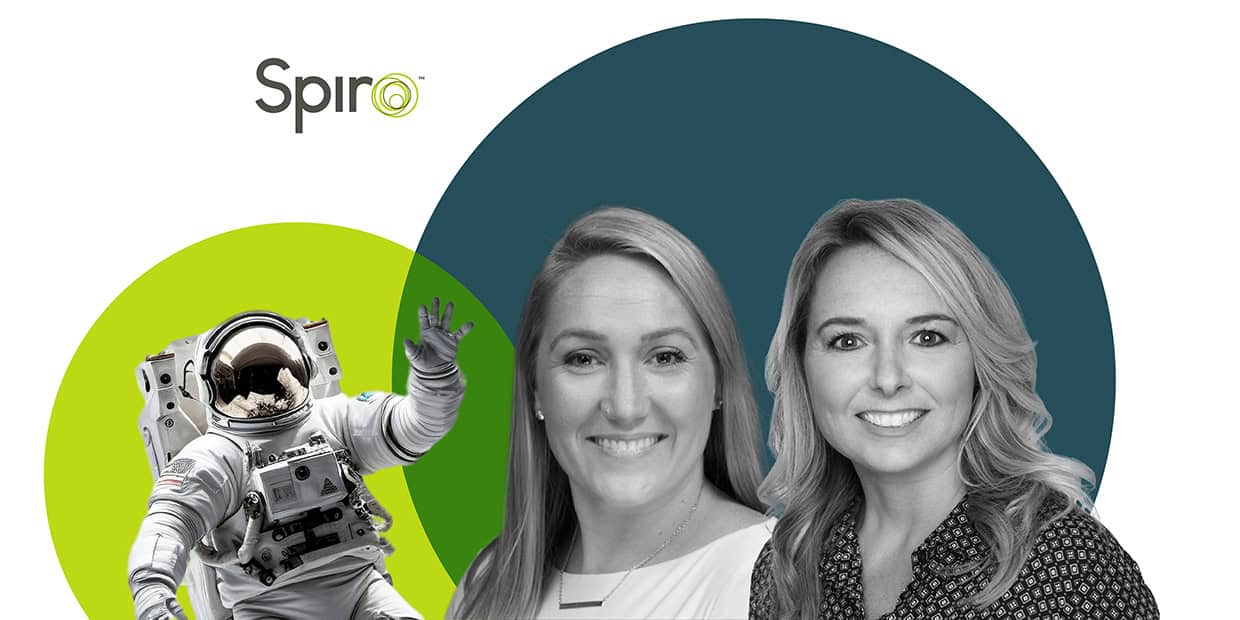FROM FOOTPRINT TO BLUEPRINT:
DRIVING BRAND IMPACT THROUGH HOLISTIC EVENT SUSTAINABILITY
We recently sat down with Head of Safety & Sustainability Paul Ormsby & EVP of Strategy & Measurement Dane Aloe for the scoop on how a holistic approach to event sustainability initiatives can support your brand’s goals & move the needle for your business impact.
Check out their insights below:
Q: WHAT ROLE DOES THE EVENT INDUSTRY PLAY WITH SUSTAINABILITY? HOW CAN EVENT MARKETERS MOVE THE NEEDLE ON THEIR GREEN GOALS?
Paul: Experiential leaders have the power to make a sustainability impact that’s both immediate & demonstrable. That’s because experiences have direct control of their footprint: resource consumption, waste generation & carbon emissions.
Those eco-conscious choices also shape how attendees perceive the brands we represent, influencing their view of the event’s commitment to sustainability. As event marketers, we have a responsibility to consider our footprint & design a blueprint that is ever more sustainable.
Dane: And that blueprint requires a holistic approach to event sustainability. If the rest of the marketing industry is about storytelling, experiences are about story-making. When brands show their commitment to sustainability through action, they tangibly & measurably demonstrate their impact.
Q: HOW HAVE STAKEHOLDER & CUSTOMER BEHAVIORS SHIFTED WHEN IT COMES TO SUSTAINABILITY?
Paul: Stakeholders are becoming more aware of the environmental & social impacts of their purchasing decisions. They are actively seeking partners whose values align with their own in terms of using eco-friendly, ethically sourced materials in offering sustainable & reusable solutions, or in green ways of working.
Dane: Consumer behavior concerning sustainability is experiencing significant shifts. There is a burgeoning awareness of environmental issues, propelling consumers to actively seek out eco-friendly products & experiences.
Consumers now meticulously scrutinize brands’ sustainability claims & are increasingly intolerant of greenwashing tactics, so transparency & authenticity are key. Sustainability is no longer merely a desirable attribute, but a commitment that consumers expect from brands.
Q: WHAT DOES BEING ECO-CONSCIOUS OFFER BRANDS IN TODAY’S COMPETITIVE MARKETPLACE?
Dane: Simply being eco-conscious alone is not going to differentiate a brand. But people do expect companies to act responsibly & are looking for brands to deliver on their own sustainability promises.
Experiences are living manifestations of what a brand stands for. By integrating sustainability initiatives & practices into experiential design, brands not only reduce their environmental footprint but also demonstrate their commitment to social responsibility.
By demonstrating your commitment with tangible action, you can forge deeper relationships & foster brand loyalty with today’s conscientious consumers.
Q: WHAT CHALLENGES DO BRANDS FACE WHEN IT COMES TO SUSTAINABILITY—AND HOW CAN THEY OVERCOME THEM?
Paul: Adapting to sustainable change can be uncomfortable in the short term. The experiential marketing industry is about bold experiences delivered with flawless execution. We can control a lot about our industry’s footprint—materials consumption, waste management, and carbon emissions are examples—but these important changes mean design & production are approached differently.
Getting comfortable & taking smart risks can help you explore new ways of working without sacrificing creative & production value. The way ahead isn’t prescribed, so each brand will find its way differently, investing in the future of sustainability.
Dane: The key is to move ahead & not to pass up progress looking for perfection. Look to your brand’s overall sustainability commitments as a guide. That allows your actions to stay relevant to your audiences & clearly prioritizes first steps.
Be transparent about what you’re attempting to change & why, measure the outcomes, and iterate so that sustainable thinking becomes part of your process.
Q: HOW IS SPIRO ADDRESSING THESE SUSTAINABILITY CHALLENGES?
Paul: Our global Green Team champions, educates & integrates our sustainability commitments across our agency, ensuring our holistic approach is aligned with the UN Sustainable Development Goals & the Science-Based Targets initiative.
We offer our clients carbon calculations, reusable construction & recyclable graphics, ensuring materials are reused or recycled, not sent to landfills. We’ve implemented energy-efficient lighting and fixtures to reduce electricity consumption during events. And we push our supply chain to provide sustainable solutions & partner with vendors who share our sustainability values.
Q: HOW CAN WE INTEGRATE SUSTAINBLE PRACTICES THROUGHOUT THE EXPERIENCE LIFECYCLE—FROM STRATEGIC PLANNING TO EXECUTION & BEYOND?
Dane: Start with what is important to your organization from a sustainability standpoint. Select KPIs that match those priorities. Then define clear goals that align to those sustainability metrics—goals that help you track integration AND will show the impact you’re causing.
Paul: Once you know what matters, embed sustainability considerations into every stage of event planning & experience design. Then you can identify opportunities to reduce your environmental footprint, such as minimizing waste.
Dane: Since the path forward is going to be different for everyone, it’s important for brands to collaborate with their agency partners on their sustainability efforts.
For example, we ensure clear, measurable sustainability objectives are formalized in our clients’ experiential briefs, alongside commercial & brand objectives. This flows into creative & production design, allowing for concrete sustainability outcomes to be measured for stakeholder reporting, ongoing learning, and improvement.
Paul: Yes, it’s crucial to conduct a comprehensive evaluation to assess the effectiveness of sustainability practices & identify areas for improvement.
Q: HOW CAN BRANDS ENHANCE THEIR SUSTAINABILITY VIA EXPERIENTIAL?
Dane: Start with a clear vision, define your sustainability objectives & integrate them into your overall marketing strategy.
Prioritize high-impact sustainability actions that align with your objectives. Identify opportunities to reduce environmental impact by having open & honest conversations with your experiential agency partner.
Be prepared to lead by example: Push norms, experiment & demonstrate leadership in sustainability by practicing what you preach. Seek out partnership & collaboration–peers, NGOs, government agencies & others who are also looking to advance sustainability & who will bring you complimentary points of view.
Lastly, stay committed & adapt. Sustainability will be a journey. The most important thing is that we all keep moving, step by step, towards a more sustainable future.
WHERE CAN YOU GET STARTED ON YOUR SUSTAINABILITY JOURNEY?
Our road map can help you create & implement your event sustainability blueprint: Check out The Eco Readiness report here.



